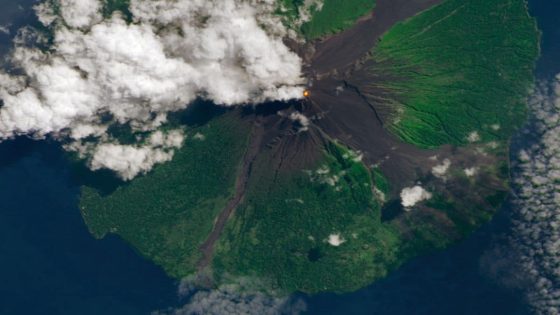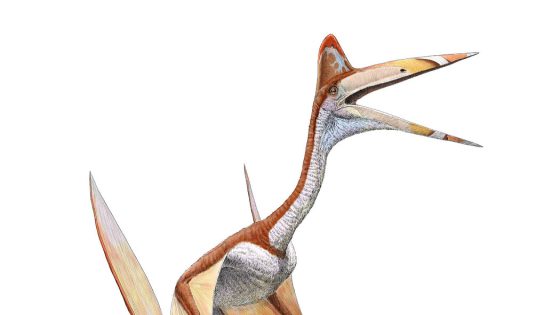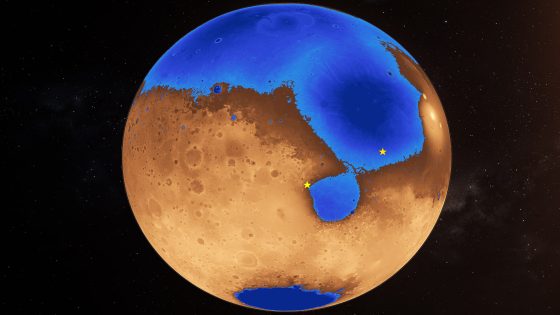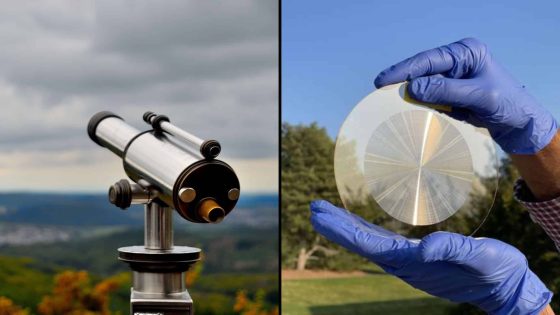Researchers have discovered a massive aquifer beneath the volcanic rocks of the Oregon Cascades, potentially the largest of its kind in the U.S. This finding, revealed on January 20, 2025, raises questions about the future of water availability in a region facing climate challenges. How will this underground reservoir impact local water users?
- Largest aquifer discovered in central Oregon
- Implications for water users amid drought
- 81 cubic kilometers of groundwater stored
- Aquifer may exceed initial size estimates
- Recharge depends on snowpack availability
- Potential volcanic hazards from water-magma interaction
Massive Aquifer Discovered in Oregon: What It Means for Water Supply
Could this giant aquifer be a game-changer for Oregon’s water resources? Researchers from the University of Oregon have uncovered a vast underground reservoir near Santiam Pass. This discovery comes at a critical time, as droughts and extreme weather events threaten water availability across the region.
Understanding the Oregon Cascades Aquifer and Its Importance
This newly identified aquifer holds at least 81 cubic kilometers of active groundwater, more than four times the volume of Crater Lake. Scientists initially aimed to study water movement in volcanic landscapes but stumbled upon this significant reservoir. Here are some key points:
- The aquifer is located beneath volcanic rocks at the Cascade Range crest.
- It may be larger than currently mapped, as drilling was limited.
- Groundwater recharge relies on snowpack, which is expected to decline.
- This discovery could indicate increased volcanic hazards due to water-magma interactions.
Potential Impact on Local Water Users and Climate Change
The implications of this aquifer are profound. While it provides a substantial water source, its longevity is uncertain. As climate change threatens snowpack levels, the aquifer’s ability to recharge could be compromised. What does this mean for farmers, cities, and ecosystems that depend on consistent water supply?
Exploring the Geological Significance of the Aquifer
The aquifer’s discovery sheds light on the geological processes within the Cascade Range. Researchers utilized deep drill holes from geothermal studies to map the groundwater flow. This method revealed how water infiltrates through cracks in volcanic rocks, offering insights into the region’s hydrology.
Future Research Directions and Community Engagement
Future studies will focus on the aquifer’s capacity and sustainability. Engaging local communities in water management discussions will be vital. How can residents and policymakers collaborate to ensure the responsible use of this newfound resource?
In summary, the discovery of this massive aquifer in the Oregon Cascades presents both opportunities and challenges. Understanding its dynamics will be crucial for managing water resources in an era of climate uncertainty.

































